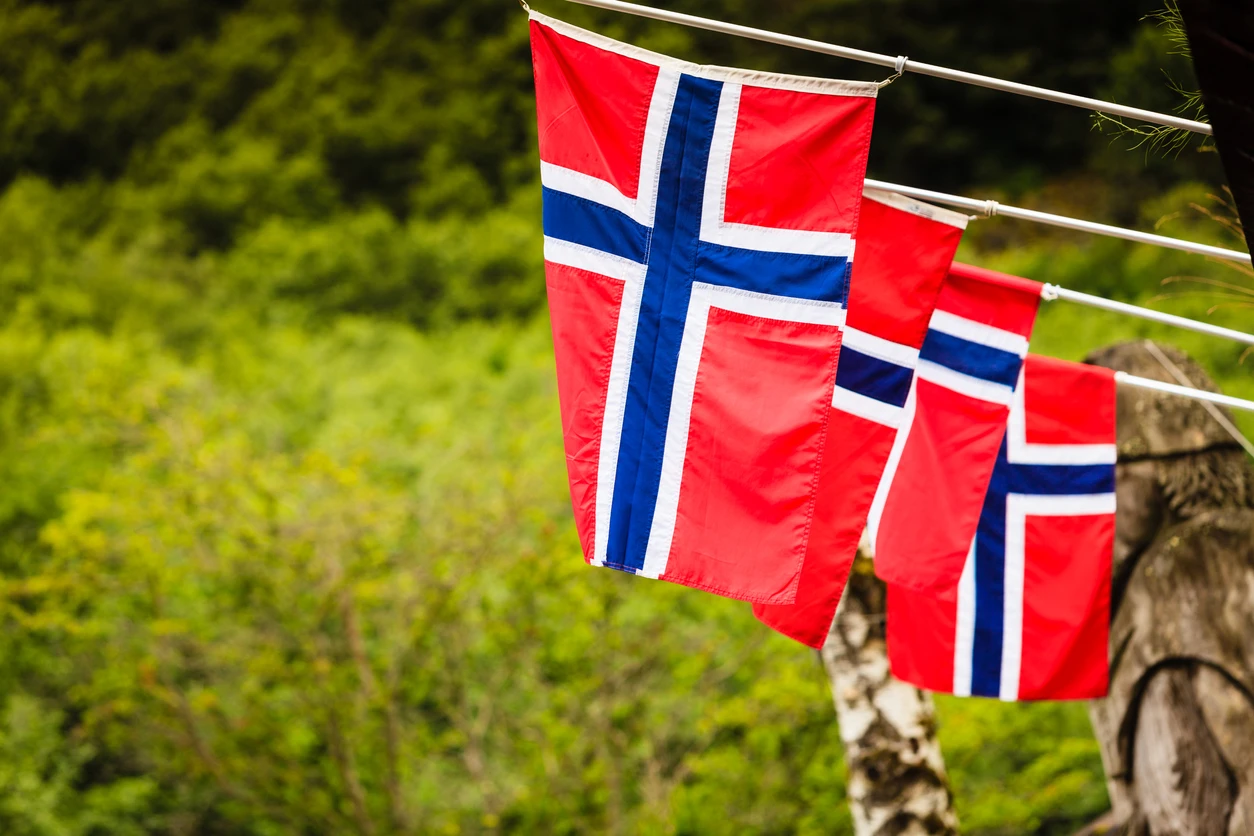Norsk Tipping: At-risk play dropped under lockdown

The report was split into two phases, from March to May and May to July, and used Norsk Tipping’s classification of player patterns, from green (low risk) and yellow (medium risk) to red (high risk).
After lockdown began in Norway in response to the pandemic, the operator suspected that those players who were already vulnerable would be at significantly greater risk at a time of such change and insecurity.
Overall, it was clear that lotteries still dominated the gaming market. In March, turnover increased in line with a usual annual spike around Easter, where more promotions and draws are offered. In addition, a larger-than-usual jackpot drew in many more players than in regular months.
Norsk Tipping considers the dominance of lottery to be a positive; they want customers to choose such lower-risk games as opposed to the higher-risk options of sports betting and casino.
As sports betting players lost the opportunity to bet on major sporting events almost overnight, after leagues and competitions were suspended due to Covid-19, the majority of bettors stopped playing completely during the period.
Norsk Tipping stated it did not want to actively encourage sports bettors to take up other games considered to be high-risk, such as casino.
Betting on esports and Belarusian football did not appeal to those who usually bet on football and hockey, and while some sports bettors who also have an interest in casino did migrate, many simply disappeared completely from gaming while sports were on hold.
Online bingo saw no change during the first phase, accompanied by a small increase in the use of digital scratch cards and online casino. There was an uptake in the number of players on these verticals, however it was not considered much more than the steady growth of online casino in recent years. The increase certainly did not compensate for the loss of players on sports betting and land-based slot machines.
The land-based sector suffered long closures, namely Norsk’s Multix and Belago gaming terminals, which are the product of choice for one of the operator’s most dedicated customer groups.
Many of those customers play across verticals, however a small group only plays on the physical terminals. While Norsk was interested to see if those players eventually migrated instead to online slot offerings, they only did so after some three months had passed.
In phase one (March-May), the first change to risk level observed was that the level of risk-taking dropped significantly. This is partly due to the closure of Multix and Belago gaming terminals, as many players of these are considered to be in the ‘red’, high-risk category.
Given the lack of sports betting available, the majority of bettors disappeared completely during this phase.
In the second phase, towards July, data showed that as things started to go back to normal, gaming patterns began to move back to levels seen before lockdown.
Multix and Belago players were approaching pre-lockdown levels of play, despite social distancing requirements meaning not all machines were in use.
When sports betting returned, so too did the players, and betting patterns returned to their pre-lockdown level. There was an increase in the number of ‘red’ players at this time, when both the Norwegian Elite Series and the Premier League were taking place concurrently. This has since reduced.
Online casino also saw an increase in the number of ‘red’ players in July, which again has since declined. A greater availability of disposable income was seen as a potential cause of this, which is consistent with feedback received from players.
While the period of lockdown saw an initial reduction in the total number of ‘red’ players, the level has now returned to the same as pre-lockdown. This does not necessarily mean that individuals or subgroups of players have experienced increased risk-taking during the period.
